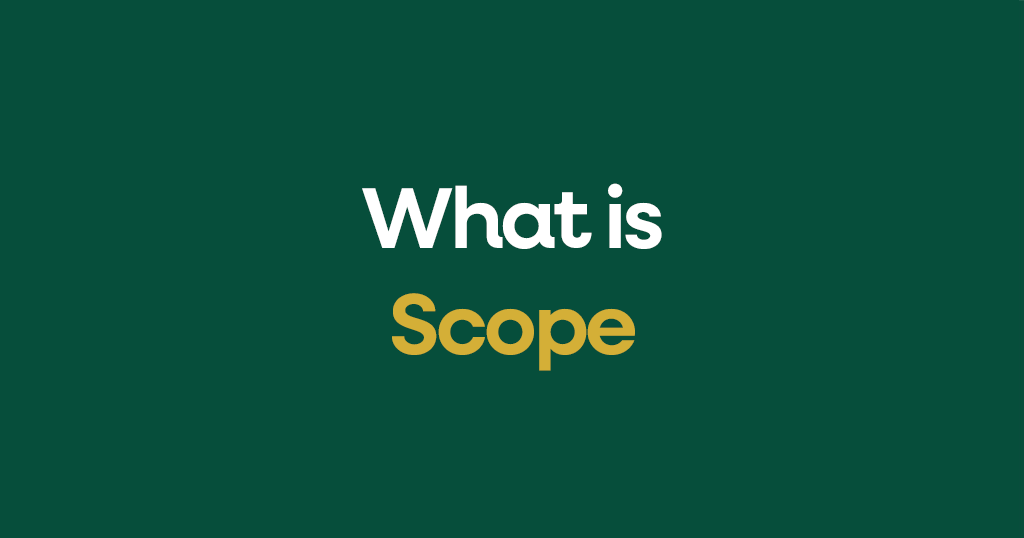What is Scope?
The ISO 27001 Scope is a specific, written description that defines the boundaries of an organisation’s Information Security Management System (ISMS). Think of it as drawing a clear line around the people, processes, technology, and locations that the ISO 27001 standard will cover. Everything inside the scope is included in the security system, and everything outside is not. Having a clear scope is the very first step in implementing ISO 27001 because it tells you exactly what needs to be protected and managed.
Examples
- Small Scope: “The ISMS scope covers the development and support of our cloud-based customer portal, including the IT infrastructure located at the corporate headquarters.” This focuses only on one product and one location.
- Large Scope: “The ISMS scope covers all IT systems, personnel, physical facilities, and business processes supporting the services offered by the entire company, as documented in the company organizational chart and process maps.” This includes almost everything the company does.
ISO 27001 Context
Setting the scope is important because it ensures the ISMS is relevant and manageable. It must consider the organisation’s business needs, legal requirements, and security risks. You must clearly document the scope, including what’s included and any justified exclusions (things intentionally left out). This documentation must be maintained and made available for review, especially during the ISO 27001 certification audit. A scope that’s too wide can be overwhelming and costly, while a scope that’s too narrow might miss critical areas that need security.
Relevant ISO 27001 Controls
The main ISO 27001 Clause for ISO 27001 scope is ISO 27001:2022 Clause 4.3: Determining The Scope Of The Information Security Management System
While defining the scope is part of Clause 4 of the main standard, it sets the stage for which controls from Annex A you must consider applying. Since the scope defines the boundaries for the entire ISMS, all Annex A controls are potentially relevant, but the most directly related control for establishing the boundary is:
- ISO 27001:2022 Clause 5.3: Organisational Roles, Responsibilities and Authorities: (Focusing on defining roles and responsibilities within the scope)
- ISO 27001:2022 Annex A 5.1: Policies for Information Security: (Policies must apply consistently within the defined scope)
Note: The scope itself is primarily required by Clause 4.3, which is a requirement before applying the specific Annex A controls.

